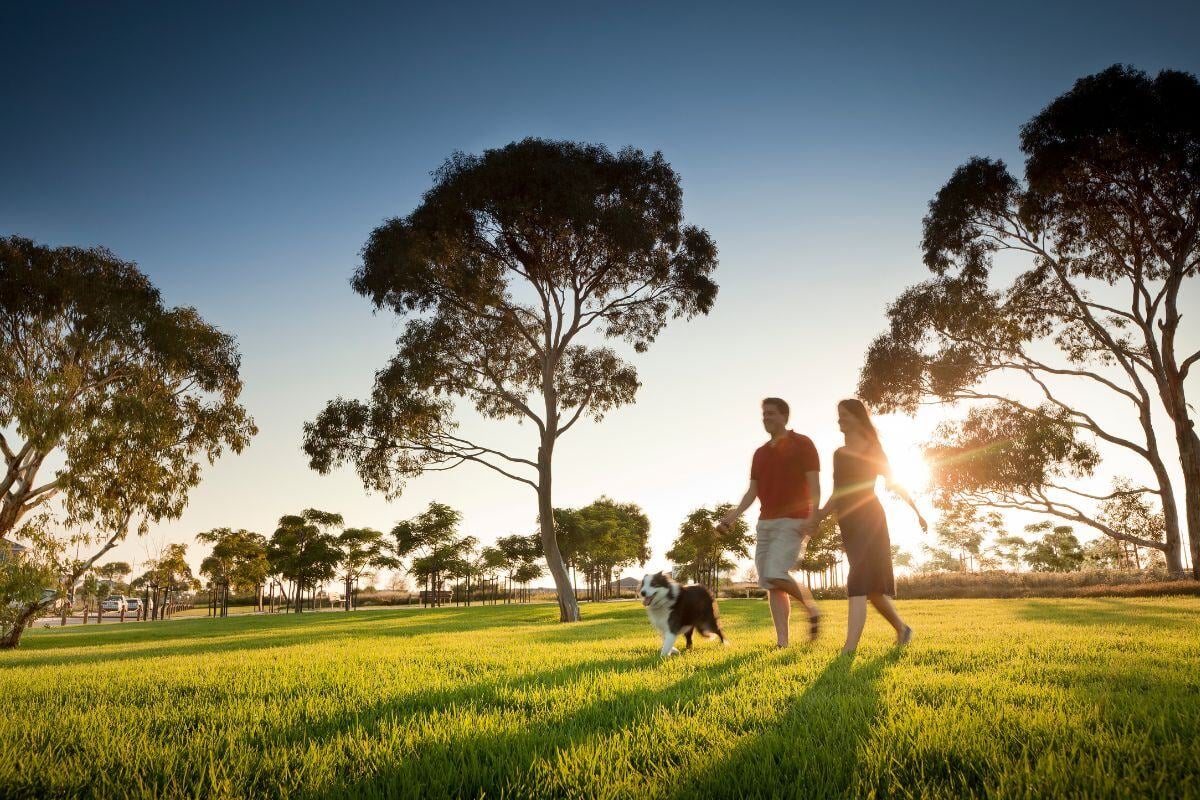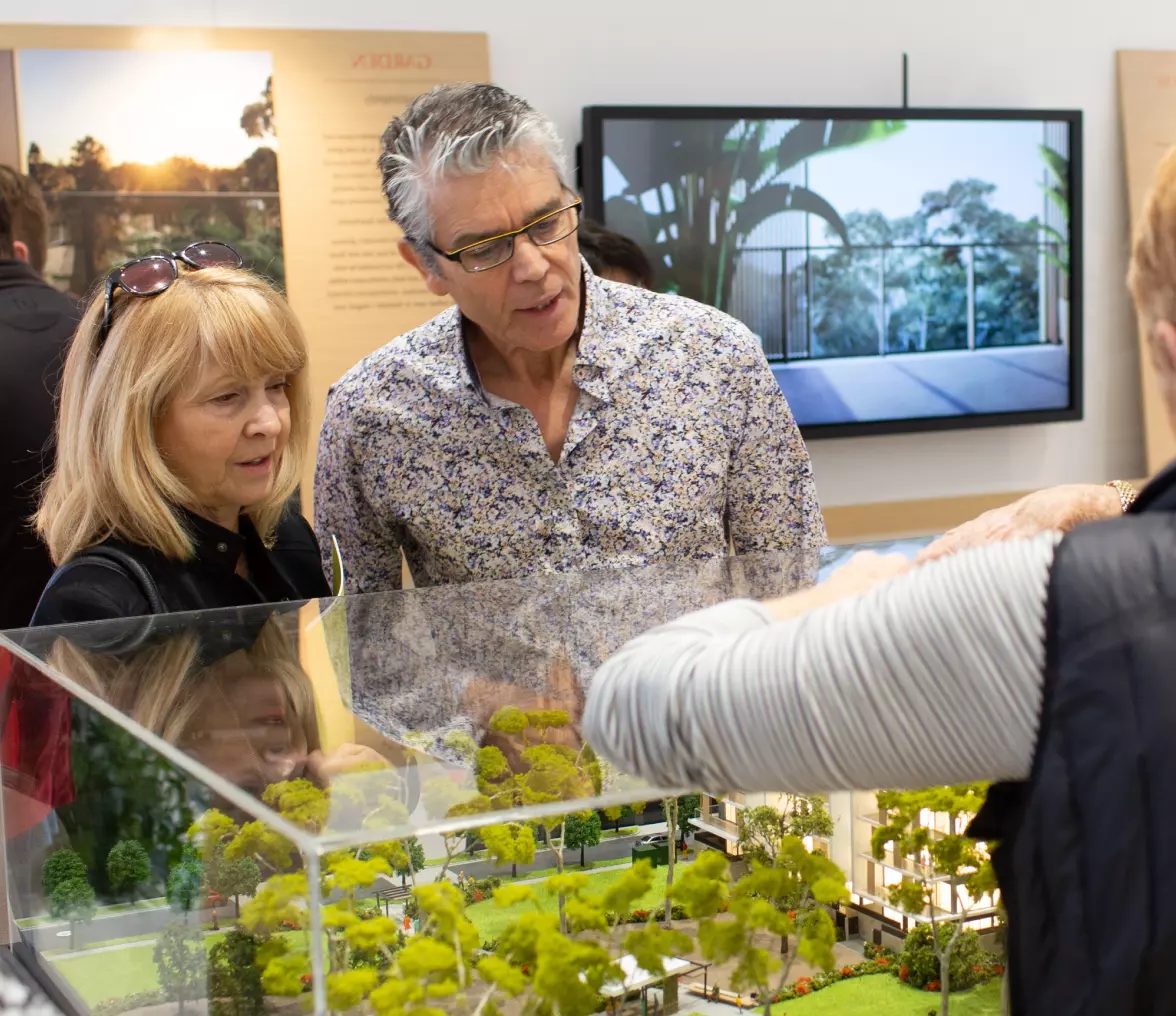Written by

As Australia’s population grows, Transit-Oriented Developments (TODs) are becoming a key solution to the challenges of housing affordability, urban sprawl, and sustainability. By integrating residential, commercial, and recreational spaces around high-frequency public transport hubs, TODs help create vibrant, connected communities with easy access to amenities and workspaces.
At Cedar Woods, we are committed to delivering innovative TODs that prioritise connectivity, environmental sustainability, and livability. By offering thoughtfully designed urban spaces with reduced reliance on cars, our TOD projects support residents in adopting sustainable lifestyles that embrace walking, cycling, and public transport.
What are TODs?
TODs are urban projects closely integrated with public transport infrastructure and supported by retail by maximising residential, business, and leisure spaces and in turn offer significant lifestyle, environmental, and economic benefits.
TODS are vital to sustainable development and have emerged as a powerful and popular urban planning strategy in infill areas across all Australian cities.
What are the benefits of TODs?
Reduced Car Dependency
TODs offer easy access to public transport, reducing traffic congestion and household transport costs. TOD communities often feature pedestrian-friendly pathways, encouraging residents to walk or cycle to nearby shops, schools, and recreational facilities. This shift supports a more active lifestyle and contributes to lower emissions, benefiting both residents and the environment.
Sustainable Living
TODs are designed to support a greener future by conserving fuel, lowering carbon footprints, and prioritising green spaces.
Economic Growth
By creating mixed-use communities with homes, workplaces, and retail spaces within walking distance, TODs contribute to local economic vitality. These communities attract businesses, retail outlets, and service providers, generating jobs and supporting small businesses, while offering a range of housing options.
Cedar Woods' TOD projects
Each Cedar Woods TOD project is unique, blending high-quality design with access to local amenities and transport. Here’s a look at some of our key projects transforming urban spaces across Australia.
Victoria
- Williams Landing
A thriving mixed-use community with 2,400 homes and 200,000sqm of retail and office space, just 20km from Melbourne’s CBD. With direct access to a regional public transport hub, Williams Landing provides an ideal blend of residential, commercial, and recreational spaces, creating a true 20-minute neighbourhood for residents. - 88 Leveson Street
Located in North Melbourne, this luxury townhome development boasts a remarkable 97/100 walk score. Just a three-minute stroll from public transit, 88 Leveson Street exemplifies the ease and convenience of inner-city living with easy access to Melbourne’s top attractions and employment hubs.
- Jackson Green
This sustainable community in Clayton South features over 578 dwellings close to public transport, schools, and retail outlets. Jackon Green is close to Clayton Station and connected to Melbourne’s major transport networks.
South Australia
- Fletcher’s Slip
Located in Port Adelaide, Fletcher’s Slip transforms a historic industrial area into a vibrant, mixed-use community. With 497 homes and upgraded transport links, this TOD revitalises the Port Adelaide waterfront with a diverse range of housing types located just minutes from Glanville train station.
- Glenside
This award-winning 16.5-hectare development is within walking distance of the Adelaide CBD, offering 998 dwellings that blend city and parkland living. With ample open spaces, walking paths and bike trails that link to the surrounding parklands, Glenside is a great example of an urban infill project that embraces connectivity and connection to nature.
Western Australia
- Eglinton Village
Located just 500m from the new Eglinton Train Station, Eglinton Village offers a modern, walkable community that will be home to over 1,200 families when complete. With streets leading to green open spaces, future residents will be able to easily stroll to future shops, primary school and recreation areas.
Looking to the future
Cedar Woods is dedicated to creating communities that support a sustainable future. Through our TODs, we are helping reshape Australia’s urban landscape—one where people can live, work, and thrive in well-connected, vibrant environments.




.jpg?width=345&name=C7%20Fin%20(1).jpg)
